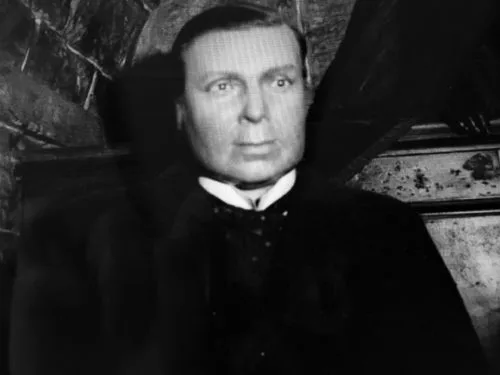James Kelly - Liverpool
This entry unlike others on this blog will be quite short, there is very little information about Kelly's background.
We know very little about Kelly's birth or about his family. The
newspapers at the time report that Kelly was employed at a Stockport mill. This is where it is believed, he formed a relationship with another mill worker called Eliza Faulkner. According to the Liverpool Albion which was published on the 8th January 1849, Eliza's friends were worried about Kelly and warned Faulkner from seeing her. I could not find out if Eliza tried to end the relationship between them, but Kelly's actions as a result of this was completely shocking. Kelly cut his girlfiend's throat, due to a mistaken belief that if he couldn't have her no one else could.
According to the Standard of Freedom which was published on the 13th January 1849, Kelly was already in trouble with the law. He had been sent to Kirkdale Gaol. Although I could not find out what crime he was convicted on. Whether it was a result of this action that made Eliza's friends warn her against a relationship with Kelly, or Eliza had already made her mind up to break the relationship. It is not known.
Kelly already confessed to the crime, and it was said that he showed deep remorse for his actions. On the day of his exectution on the 6th January 1849, Kelly was apparently restless and distrubed. When the Governor came to see him, Kelly said that even he was given a reprive he wouldn't take it due to the seriousness of his actions. James Kelly was a devout Catholic, and on the day of his execution he had a pale face and he was supported by two prison chaplins to the scaffold. After the noose was placed around his neck, he convulsed for a few moments and then was pronounced dead.
Of all the information that I could find about the this tragic case, I want to leave you with a letter that Kelly wrote to his mother and sister, which was published in the Liverpool Albion.
Dear Mother and Sister - I address these few lines to you, hoping that they may find you in good health, and with your minds reconciled and and composed, as it leaves me, thank God, for the present. I own the justice of my sentence, and am willing to offer my life as a sacrifice for that which I have taken. I now deeply deplore the crime, and my sins are always before me; and if I had a thousand lives, I would willingly sacrifice them all to restore the one that I have taken. I am filled with horror and dismay when I come to reflect on my past wicked life, and think how I have lived in open rebellion against my divine creator, and fled from the presence of my dear Redeemer, when his mercies pursured me with promises of pardon which should have led me to repentance. But I hope now, by a full confession and a sincere repentence, that I shall obtain mercy through the merits of a crucified Redeemer, and through that mercy, that, when my poor soul has left its tenement of clay, it will join that of poor Eliza in that land where sin, sighing, and sorrow are no more. Being anxious that others should take warning from my fate, I wish to address them a few words; and as the chaplin in his sermon yesterday exactly expressed what I would say upon the subject, I have asked for and obtained permission from him to add it to this letter.
My dear friends, I must now conclude by hoping that you may spend the reminder of your days on this earth in peace and quietness, when I am laid within the silent tomb, 'where the wicked cease from troubling and the weary are at rest', and when next we meet,may it be in a happy eternity. This is your feverant prayer from your affectionate but unfortunate son and brother.
James Kelly.
(Note, this letter has been transcibed by the original newspaper. I have not included the priest's words as it sheds little light on Kelly himself. But the rest is Kelly's thoughts to his mother and sister)

























